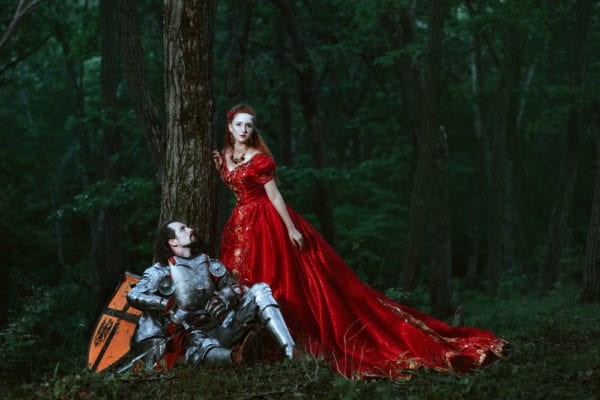Whatever happened to courtship?
Whatever happened to courtship?
Whatever happened to courtship?
-
Hannah
-
Hannah


Recently, Diana Gabaldon, author of the Outlander series, took to Twitter to answer a fan’s question: ‘Is there a difference between a romance novel and a love story?’ In stating her case that her own novels are absolutely not romance novels (as, to her frustration, they are often categorised), Diana tweeted about romance genre expectations. A romance novel, she wrote, ‘is a courtship story and the book/story is over once the courtship reaches marriage or other permanent connection’. In her opinion, ‘the readers of romance novels are primarily interested only in the courtship phase of the characters’ lives’.
Setting aside the debate on the romance genre, and whether in fact readers assume that ‘nothing interesting or emotionally stirring will happen to these people after they get together’, the term ‘courtship’ leapt out at me as I read this Twitter exchange.
The Oxford English Dictionary defines courtship as follows: 1) A period during which a couple develop a romantic relationship before getting married. 1.1) Behaviour designed to persuade someone to marry or develop a romantic relationship with one.
What isn’t included in this definition is that the concept has come to be seen as old-fashioned. Although modern couples court, we don’t term it thus; if I were to write ‘courting’ in a novel, my reader would expect me to be writing historical, not contemporary, fiction.
It’s a shame that traditional ‘courtship’ has fallen out of favour, for at its heart are core values that are essential to a lasting relationship: respect, admiration, commitment and love. The animal kingdom embraces courtship – the bird of paradise puts on an elaborate dance show, and the bowerbird builds a nuptial bower and decorates it with whatever he can find that’s blue – so why not people?
Having said that, some of the courtship customs practised historically are perhaps not set for a comeback… Here are some traditional customs:
Sleeping together – apart: In Colonial America, potential couples slept (fully clothed) in a bed with a ‘bundling’ board between them (sometimes even sewn into the sheets so they could not move closer). The idea was to create a little intimacy, but not too much.
Romance at a distance: Back in the 18th century, potentially romantic liaisons of courting couples were chaperoned. In New England, the use of a courting stick allowed a couple to exchange private words while in the same room as their chaperone – and at a safe distance. The stick was a hollow tube, about six feet in length, with an ear and mouthpiece through which they would talk.
Say it with spoons: From the 17th to the 19th centuries, a young Welshman with an eye on a lady would spend hours intricately carving a lovespoon for her. If she accepted the spoon, that meant she accepted his affection.
The double-edged blade: In Finland, a girl would signal that she was available for marriage (according to her father’s decision) by wearing an empty sheath on her girdle. An interested young man would place his knife in her sheath; if she kept it there, she was accepting his proposal of marriage.
A gift of gloves: In England, a gent would send a pair of gloves to the object of his affection. Come Sunday, if she attended church wearing those gloves, he knew that her heart belonged to him.
The language of the fan: Victorian ladies used their fans to communicate what they were not allowed to express openly:

Do any of these customs speak to your heart? Would you like to see any of these revived? I would love to hear your thoughts.
The fan code is much like semaphore and just as obscure in those who don’t know the code.